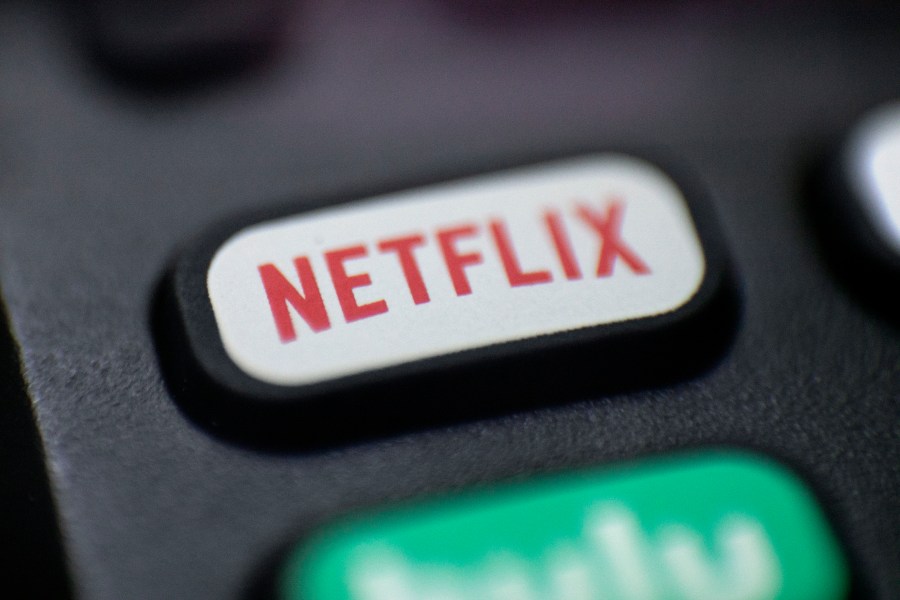Keeping your costs down as streaming services go up; ways to save

INDIANAPOLIS – Streaming apps have practically changed how we watch television, and when it comes to its convenience, experts say it’s unmatched.
“It’s just a different watching habit for this generation,” said Russell Rhoads, associate clinical professor of Financial Management at IU Kelley School of Business.
However, these days, convenience comes with a cost as numerous streaming services up their prices, citing reasons like profitability and content costs.
“They’re all public companies, and people invest in public companies for what they’re going to do. Not what they’ve done,” Rhoads said. “In order to continue to put up growth, you can either increase your subscribers or you can increase the price, which will increase your revenues at a pleasant pace and hopefully keep investors happy.”
“The issue with that, at this point, you’re going to reach a point where people start to discontinue using the services, sometimes just on principle,” he added.
We looked at five popular streaming services and their standard “ad-free” tiers to compare prices now to when they first launched. Altogether, those five services would now cost consumers nearly $70 compared to just shy of $40 at their respective launch dates.
Experts predict the price hikes aren’t expected to stop any time soon.
While streaming was initially looked at by consumers as a more “cost-effective” option, depending on what you have, multiple services could total out to the same, if not more expensive, than some cable packages.
“I don’t think a lot of individuals sit down and look at what their monthly entertainment bill is for what they’re bringing into the house that way,” said Rhoads. “If they start to do so, I think they may be surprised at how much they’re spending on it.”
Despite the hikes, there are ways to save and make the most of your streaming experience. For starters, take a hard look at all your services.
“Look to see if you’re paying for some in a hidden way,” said Andy Mattingly, chief operating officer at Forum Credit Union. “Maybe you added it to your Amazon Prime subscription, or you added it to your internet subscription or it’s part of your phone bill. So, you also need to see if you’re paying for some you don’t even realize you’re paying for.”
If you’re looking to “downsize” your streaming costs, you can always opt for ads. Streaming services often include those options in a lower tier, for a lower price.
Meanwhile, a popular option that’s also gaining popularity is free ad-supported streaming television (FAST). Recent research from Kantar, shows nearly 50% of U.S. households use FAST platforms every week, making it the “fastest-growing streaming tier” in the country.
These streaming services, like Tubi and PlutoTV, are free and don’t require a subscription to access a wide variety of television shows and movies with limited ads.
“It comes with the TVs that you purchase now. The most recent TV I purchased, I think it was a Roku, has a bunch of that stuff automatically built in,” Rhoads said. “You can turn it on and start watching things that are free, streaming-wise. They may not be that attractive to watch, but they’re there. They (FAST) may be a great alternative for individuals that are again looking at how they’re going to tighten their belts, and I do think 2024 is going to be a year that a lot of people do that,” he added.

Comments are closed.